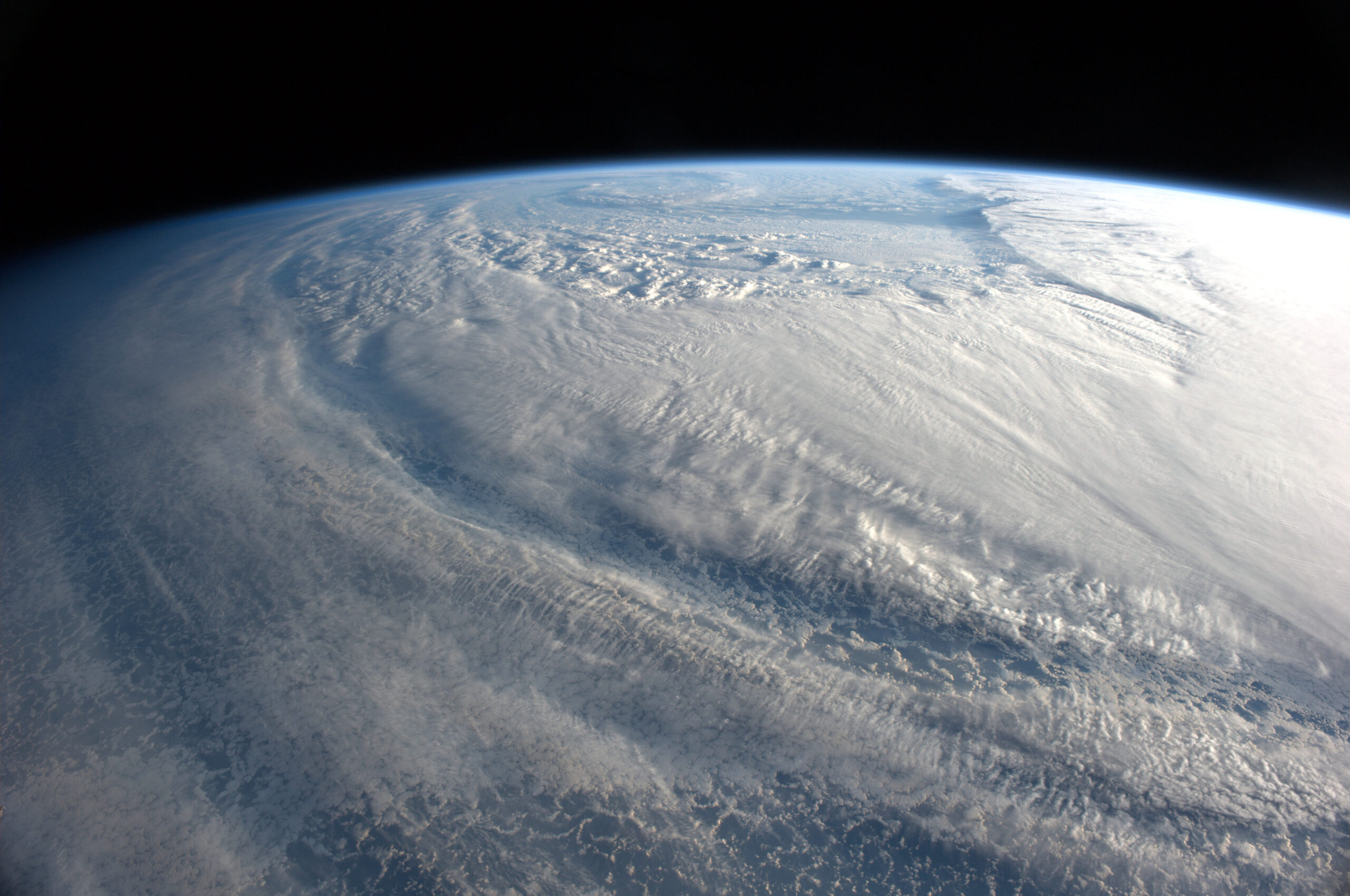International experts converge to explore the role of Earth Observation in enhancing blue carbon ecosystems for climate change mitigation.
This workshop will focus on the economics and governance of commercialisation in outer space. It will look at the applicability of economic concepts, the concepts of international economic law, and the concepts of economic governance to space-based commerce.
Global sea level and extreme ocean events are rising due to human-caused climate change. The amount of rise in sea level and number of increase in extreme events, however, vary greatly from region to region and they also change over time. To fully understand these changes and thus build the capability of predicting when and where they may occur in the future, we must also consider naturally occurring climate variability.
Earth’s magnetic environment is filled with a symphony of sound that we cannot hear. All around our planet, ultralow-frequency waves compose a cacophonous operetta portraying the dramatic relationship between Earth and the Sun. Now, a new citizen science project called HARP – or Heliophysics Audified: Resonances in Plasmas – has turned those once-unheard waves into audible whistles, crunches, and whooshes. Early tests have already made surprising finds, and citizen scientists can join the journey of sonic space exploration to decipher the cosmic vibrations that help sing the song of the Sun and Earth.
The observation by NASA’s Parker Solar Probe mission of very strong magnetic field fluctuations in the inner heliosphere, leading to strong deflections locally reversing the direction of the field itself, called switchbacks, has attracted considerable attention from the heliophysics and space physics communities.
Giant planets and brown dwarfs at an orbital separation great than 5 AU are important puzzle pieces needed for constraining the uncertainties that exist in giant planet formation and evolutionary models that are plagued by a lack of observational constraints. In order to observationally probe this mass-separation parameter space, direct imaging is necessary but faces the difficulty of low detection efficiency. To utilize the power of direct imaging, pre-selecting companion candidates with long-period radial velocities, coupled with astrometry from Hipparcos and Gaia, provide a powerful tool to hunt for the most promising candidates for direct imaging. Not only does this increase the detection efficiency, but this wealth of information removes the degeneracy of unknown orbital parameters, leading to derived dynamical masses which can serve as benchmark objects to test models of formation and evolution. With the recently launched JWST, as well as upcoming facilities like the ELT and the Nancy Grace Roman Space Telescope, observing time is valuable and the strategy of direct imaging needs to be re-defined to pre-select targets and characterize the companions that we do discover.
